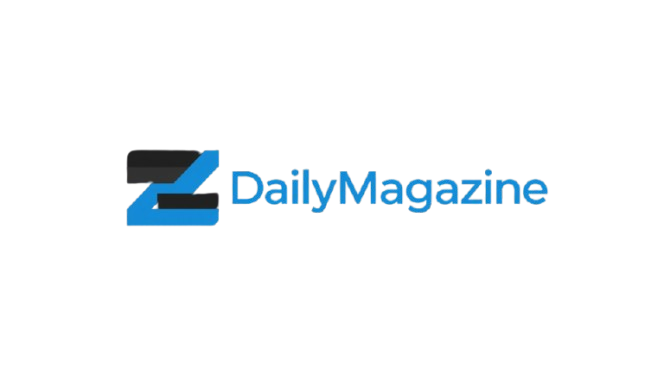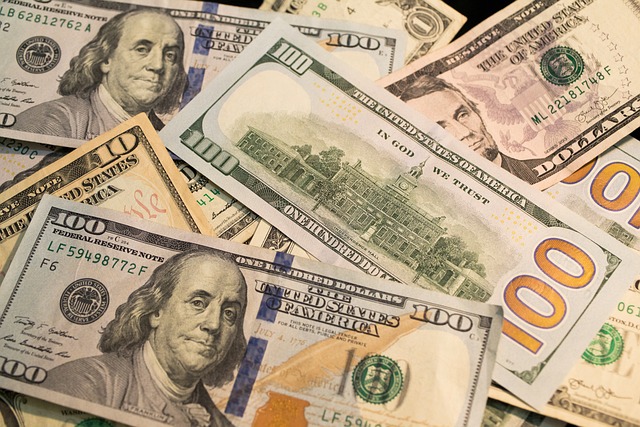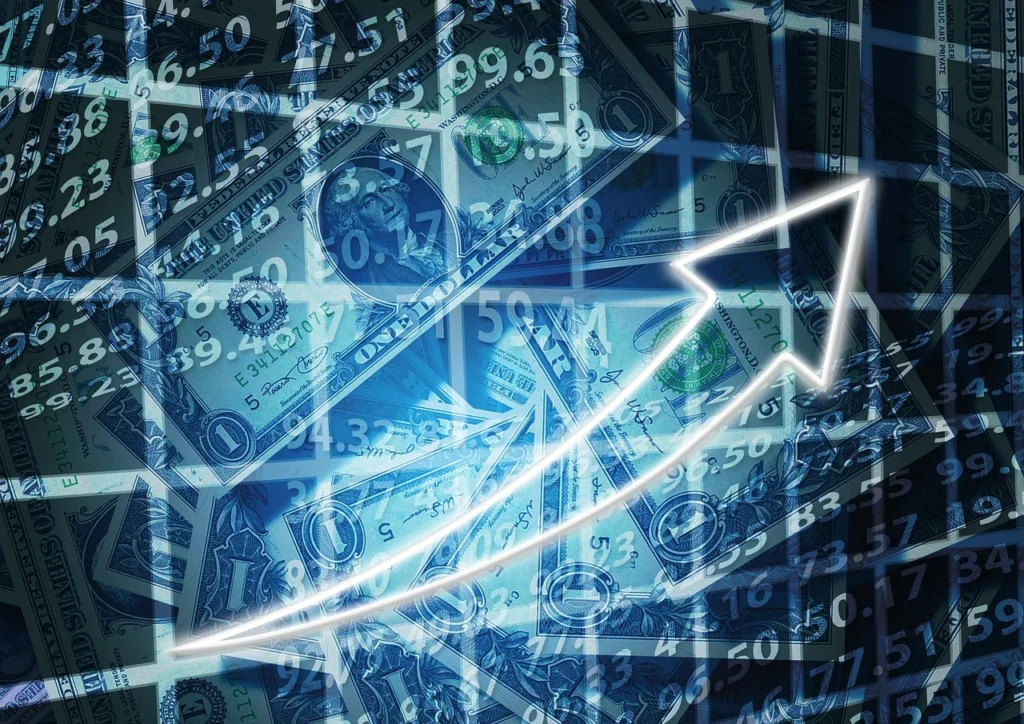1. The US Economy and Inflation: A Decade of Rising Prices and Shifting Power
Over the past decade, the US economy has experienced significant inflationary pressures, leading to rising prices that have reshaped everyday life for millions of Americans. Inflation erodes purchasing power, meaning consumers need to spend more money to buy the same goods and services. This gradual increase in the cost of living has impacted everything from groceries to gasoline, creating a ripple effect across various sectors. The persistent rise in prices reflects a complex interplay of factors including supply chain disruptions, increased demand post-pandemic, and fiscal policies. These inflationary trends have not only affected consumers but also altered the broader economic landscape by influencing business investment and wage growth.
As inflation continued to rise, the power dynamics within the US economy shifted. While some industries have benefited from price surges, many households faced tighter budgets and reduced discretionary spending. The shifting power balance has also affected monetary policy decisions, with the Federal Reserve stepping in to implement interest rate adjustments aimed at stabilizing inflation. This decade-long battle with inflation has highlighted the challenges of maintaining economic growth while preserving the purchasing power of consumers. Understanding this dynamic is crucial for anticipating how the US economy will evolve in the coming years.
2.How Inflation Trends Have Redefined the Structure of the US Economy (2015–2025)
Inflation trends between 2015 and 2025 have played a pivotal role in redefining the structure of the US economy. Prolonged periods of rising prices have forced businesses and consumers alike to adapt to a new economic reality. Companies have had to adjust supply chains, pricing strategies, and labor costs in response to inflationary pressures, while consumers have altered spending habits to accommodate the increased cost of living. This decade has revealed the economy’s sensitivity to both domestic policies and global disruptions, illustrating how inflation trends directly influence economic structure and growth patterns.
The long-term impact of these inflation trends is evident in several key sectors, from manufacturing to services, as businesses grapple with input cost increases and wage demands. Additionally, inflation has accelerated technological investments as companies seek efficiency gains to combat rising expenses. On the consumer side, shifts in purchasing power have changed consumption patterns, affecting everything from housing demand to retail sales. As the US economy moves forward, policymakers and business leaders must consider how sustained inflation reshapes economic fundamentals and drives new approaches to economic stability and growth.
3.From Groceries to Gas: How Soaring Consumer Prices Changed the US Economy
The surge in consumer prices over recent years has had a profound impact on the US economy, touching every aspect of household spending from groceries to gas. Inflation has increased the cost of essential goods and services, squeezing family budgets and forcing many Americans to prioritize needs over wants. This shift has altered consumption patterns, leading to decreased discretionary spending and increased financial strain for low- and middle-income households. Rising prices in staples like food and energy have also amplified concerns about affordability and economic inequality, with ripple effects felt across the broader economy.
Soaring consumer prices have also driven businesses to reconsider their pricing models and supply chain strategies. Retailers and service providers face the challenge of balancing rising input costs while maintaining customer loyalty in a climate of cautious spending. The increased cost of living has heightened the importance of wage growth and social safety nets as workers seek compensation that keeps pace with inflation. Overall, these inflation-driven changes highlight the interconnectedness of consumer behavior and the broader US economy, emphasizing the critical role that stable prices play in economic health and growth.
4.The Federal Reserve’s Role in Stabilizing Inflation and the US Economy
The Federal Reserve plays a crucial role in managing inflation and stabilizing the US economy through its monetary policy tools, primarily by adjusting interest rates. When inflation rises above target levels, the Fed typically increases interest rates to cool economic activity and reduce price pressures. Conversely, during periods of low inflation or economic slowdown, the Fed may lower rates to stimulate growth. This balancing act is essential for maintaining price stability and supporting sustainable economic expansion, helping to protect consumers’ purchasing power and business investment.
In recent years, the Federal Reserve has faced unprecedented challenges as it navigated the aftermath of the COVID-19 pandemic alongside rising inflationary pressures. Its decisions on interest rate hikes and quantitative easing programs have had significant implications for borrowing costs, mortgage rates, and overall economic confidence. While the Fed’s interventions aim to curb inflation, they must also avoid triggering a recession, making its role both complex and critical. Understanding the Federal Reserve’s strategies offers valuable insight into how inflation is controlled and the broader health of the US economy is preserved.
5.Wages vs. Inflation: Has the US Economy Kept Up With the Cost of Living?
One of the most pressing questions facing the US economy is whether wage growth has kept pace with inflation and the rising cost of living. In many sectors, wages have not increased sufficiently to match the surge in consumer prices, leading to a decline in real income and purchasing power for many workers. This income gap has contributed to growing economic inequality and financial stress among households, especially those in lower-income brackets who spend a larger share of their income on essentials affected by inflation.
While some industries have managed to increase wages, overall growth has been uneven and often lagging behind inflation rates. This disconnect impacts consumer spending, which is a critical driver of the US economy, and can slow economic recovery if left unaddressed. Policymakers and employers are increasingly focused on closing this wage-inflation gap by promoting fair wage policies and supporting job growth in higher-paying sectors. Tracking wage trends relative to inflation remains a key factor in assessing the resilience and inclusiveness of the US economy.
6.Periods of High Inflation and Their Cooling Effects on the US Economy
Periods of high inflation often act as a brake on economic growth, creating a cooling effect on the US economy. When prices rise rapidly, consumer confidence can erode, leading to reduced spending and slower business investment. This inflationary pressure can trigger a chain reaction, where tighter monetary policies such as increased interest rates further slow economic activity to prevent runaway price increases. Such cooling periods are critical for rebalancing the economy but can also result in short-term pain such as job losses and reduced output.
Historically, the US economy has experienced cycles where inflation surged before cooling measures brought stability. These cycles highlight the delicate balance between managing inflation and sustaining growth. While high inflation periods create challenges, they also offer opportunities for structural adjustments, innovation, and more prudent fiscal policies. Understanding these dynamics is vital for navigating current inflationary trends and maintaining a stable economic environment that fosters long-term prosperity.
7.Global Disruptions and Their Inflationary Impact on the US Economy
Global disruptions such as supply chain breakdowns, geopolitical conflicts, and pandemics have increasingly influenced inflationary pressures within the US economy. The interconnected nature of global trade means that shocks abroad can translate into higher costs for raw materials, energy, and finished goods domestically. For example, disruptions in semiconductor production or energy supply often lead to price increases that ripple through multiple sectors, affecting everything from automotive to consumer electronics.
These external shocks have revealed vulnerabilities in the US economy’s reliance on global supply chains and highlighted the need for diversification and resilience. Inflationary impacts from global events complicate the Federal Reserve’s efforts to stabilize prices, as many cost pressures are driven by factors beyond domestic control. As the world economy becomes more volatile, the US must balance openness with strategic economic safeguards to protect its economy from inflation spikes caused by international disruptions.
8.Inflation and Housing: Real Estate’s Role in the Changing US Economy
Inflation has significantly influenced the housing market, a critical component of the US economy. Rising inflation often leads to higher mortgage rates, which increase borrowing costs and can dampen homebuyer demand. At the same time, property values tend to rise during inflationary periods, benefiting homeowners but making housing less affordable for many. This dual effect contributes to changing dynamics within the housing sector and broader economic implications for wealth distribution and consumer spending.
The housing market’s response to inflation affects various stakeholders, from individual buyers to real estate investors and policymakers. Increasing costs of construction materials due to inflation further constrain housing supply, exacerbating affordability challenges. As housing represents a large share of household wealth and consumer spending, inflation-driven changes in this sector ripple through the entire US economy. Monitoring these trends is essential for understanding economic stability and the well-being of American families.
9.How Inflation Reshaped Consumer Spending in the US Economy
Inflation has fundamentally reshaped consumer spending patterns in the US economy. As prices rise, consumers often adjust by cutting back on non-essential purchases and seeking more affordable alternatives. This shift affects retailers, manufacturers, and service providers, who must adapt to changing demand and price sensitivity. Inflation-induced changes in consumption behavior can slow economic growth since consumer spending accounts for a significant portion of GDP.
Households facing rising costs of living prioritize essential goods, such as food, fuel, and healthcare, over luxury items or discretionary services. This behavioral shift forces businesses to innovate pricing strategies, offer promotions, or focus on value-driven products to retain customers. Additionally, inflation can encourage savings or debt repayment in uncertain times, further influencing economic activity. Understanding these evolving consumption patterns provides insight into the broader impact of inflation on the US economy’s health.
10.The Uneven Impact of Inflation Across Sectors of the US Economy
Inflation does not affect all sectors of the US economy equally, leading to an uneven distribution of economic impacts. While some industries, such as energy and commodities, may benefit from rising prices, others like small businesses and manufacturing—often struggle with increased input costs and squeezed profit margins. This uneven impact creates winners and losers across different sectors, affecting employment, investment, and overall economic growth.
Small businesses, in particular, face unique challenges as they have less flexibility to absorb rising costs or pass them on to consumers. Service industries that rely heavily on labor may also see increased pressure from wage demands as workers seek compensation to keep up with inflation. Meanwhile, sectors with strong pricing power or essential goods may weather inflation better. Understanding these disparities is crucial for policymakers to design targeted interventions that support vulnerable sectors while sustaining the broader US economy.
11.How Inflation Expectations Are Driving Investment and Growth in the US Economy
Inflation expectations play a significant role in shaping investment decisions and economic growth in the US economy. When businesses and investors anticipate rising inflation, they may accelerate capital spending or adjust portfolios to hedge against price increases. This behavior can stimulate economic activity in the short term but also contribute to volatility if expectations become unanchored. Accurate inflation forecasts are essential for maintaining investor confidence and supporting steady growth.
On the consumer side, expectations of higher future prices can influence spending patterns, encouraging earlier purchases or increased saving depending on confidence levels. Central banks monitor inflation expectations closely as part of their monetary policy frameworks to prevent runaway inflation or deflation. The interplay between inflation expectations, investment, and growth underscores the importance of clear communication and credible policies to stabilize the US economy’s long-term outlook.
12.Forecasting the Future: What Inflation Means for the US Economy by 2030
Looking ahead to 2030, inflation will continue to shape the trajectory of the US economy in significant ways. Economists and policymakers forecast that managing price stability while fostering growth will remain a top priority. Advances in technology, changes in labor markets, and evolving global dynamics will all influence inflation trends and economic resilience. Sustainable inflation levels can support wage growth, consumer confidence, and investment, driving a healthy economy into the next decade.
However, risks remain from potential supply chain disruptions, geopolitical tensions, and climate-related challenges that could exacerbate inflationary pressures. The US economy’s ability to adapt through innovation, policy adjustments, and global cooperation will determine how successfully it navigates these challenges. Forecasting inflation’s impact by 2030 involves balancing optimism with caution, recognizing that price stability is fundamental to long-term economic prosperity.





2 Comments